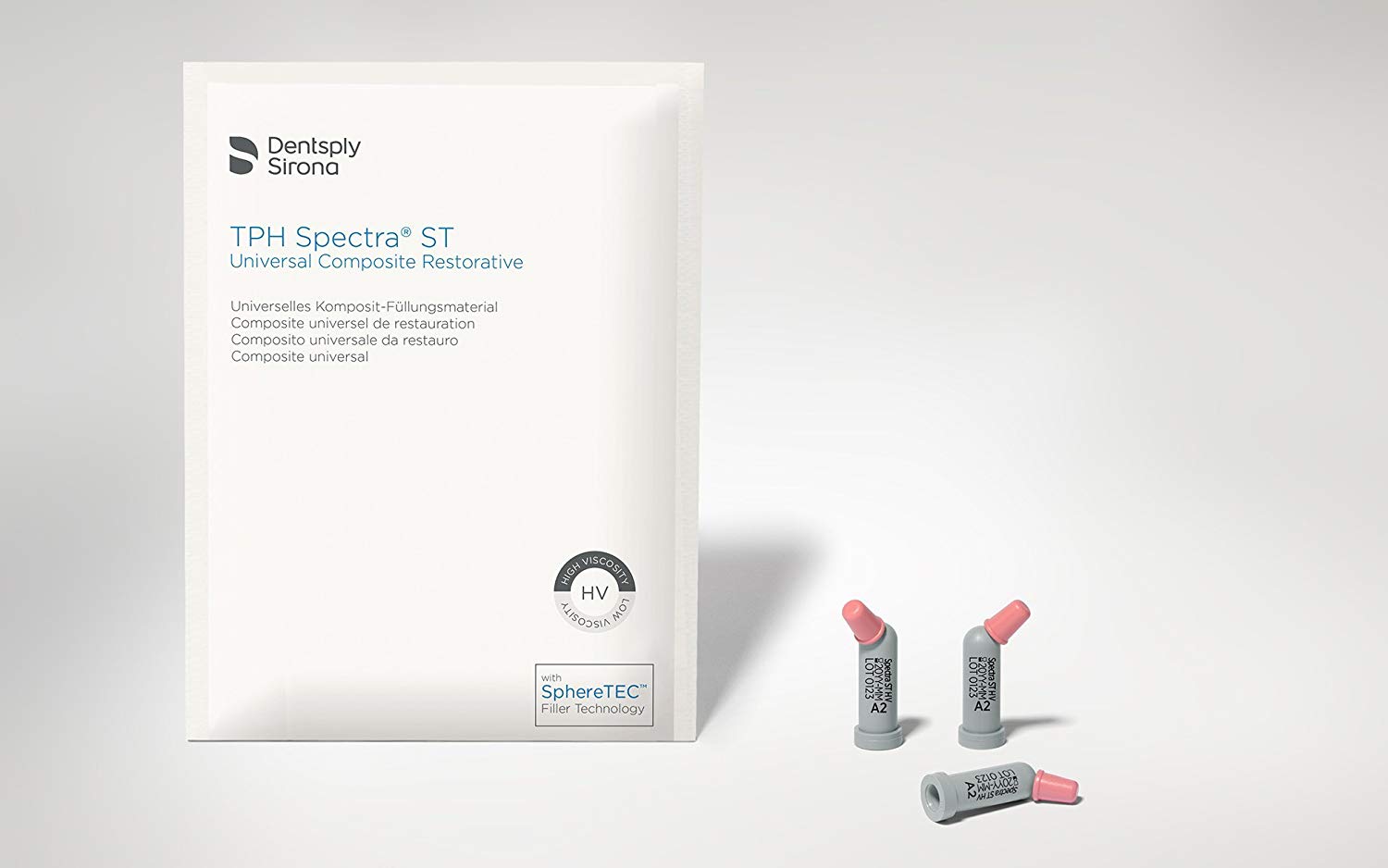

We note, that the viscosity of the solid iron at the pressure 1 bar and high temperature is estimated to be about 10 13 Pa s 15. Considering that recent studies 4, 5, 6 point to the instability of the hcp phase and stability of the bcc phase in the Core, one needs to estimate the viscosity of the bcc phase under the conditions of the IC. Both of these features do not exist at the high temperature in the IC-the hcp phase becomes isotropic at high temperature 14, 15 and the pairing of impurities is improbable due to high entropy. Another, more recently suggested explanation would require an anisotropic hcp structure and pairing of impurities 10.

About 10% of liquid in the IC would explain the high attenuation 9, however it was shown that the liquid, if once present in the core would have been squeezed out of the IC 13. Thus, it was suggested 9 that the IC might contain liquid inclusions. There were attempts to marry the elasticity of the hcp phase and anelasticity of the IC. The hcp phase is quite elastic and the quality factor of the hcp phase is on the order of dozens of thousands while the quality factor of the IC is two orders less than that of the hcp phase 10, 11, 12, 13. The attenuation in the IC exhibit a complex behavior but generally is on the level of 0.01–0.001 7, 8. That means the seismic waves propagating through the IC are losing their energy due to anelasticity. These seismic waves exhibit strong attenuation 7, 8, 9. One of these is the attenuation of the seismic waves passing through the IC. There are several properties of the IC that are not compatible with the hcp stability paradigm. However, recent theoretical 4 and experimental 4, 5, 6 studies point to the stability of the body-centered cubic (bcc) phase. It has long been thought that the stable phase of iron under the IC conditions is the hexagonal close-packed (hcp). Recent assessment 4 suggests that the melting temperature of iron in the center of the Earth could be close to 7000 K. The temperature is known less precisely, since the melting temperatures of iron have not been measured at the IC pressures. The pressure range of the inner core (IC) is from 330 to 365 GPa 3. This was predicted by Birch before the equation of state 2 of iron at high pressure and temperature appeared in the literature.

The Earth solid inner and liquid outer cores consist mainly of iron 1.


 0 kommentar(er)
0 kommentar(er)
